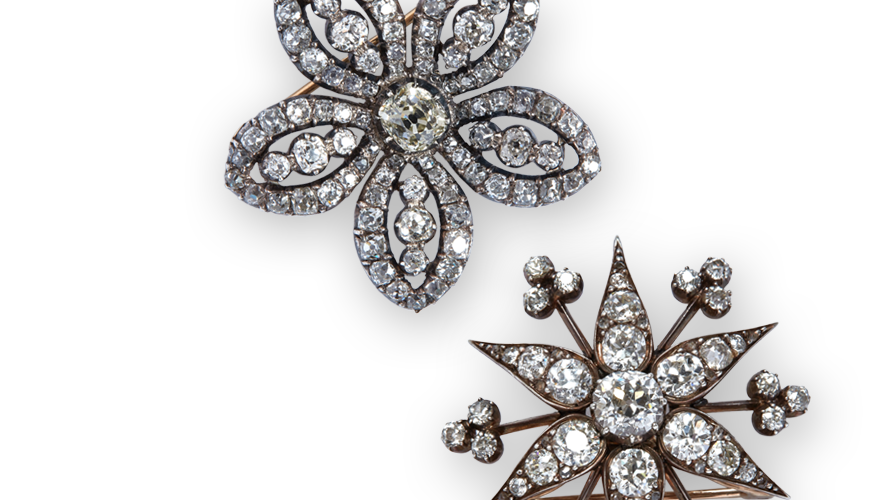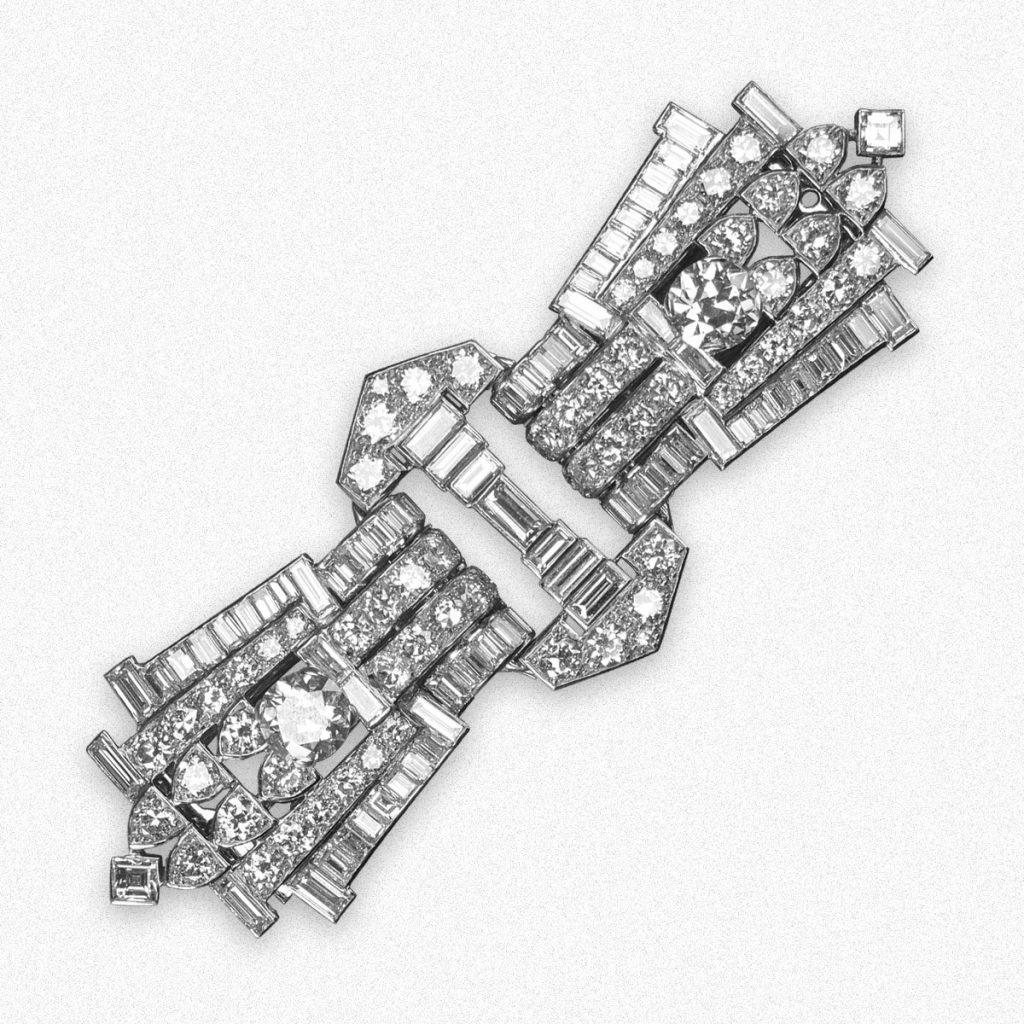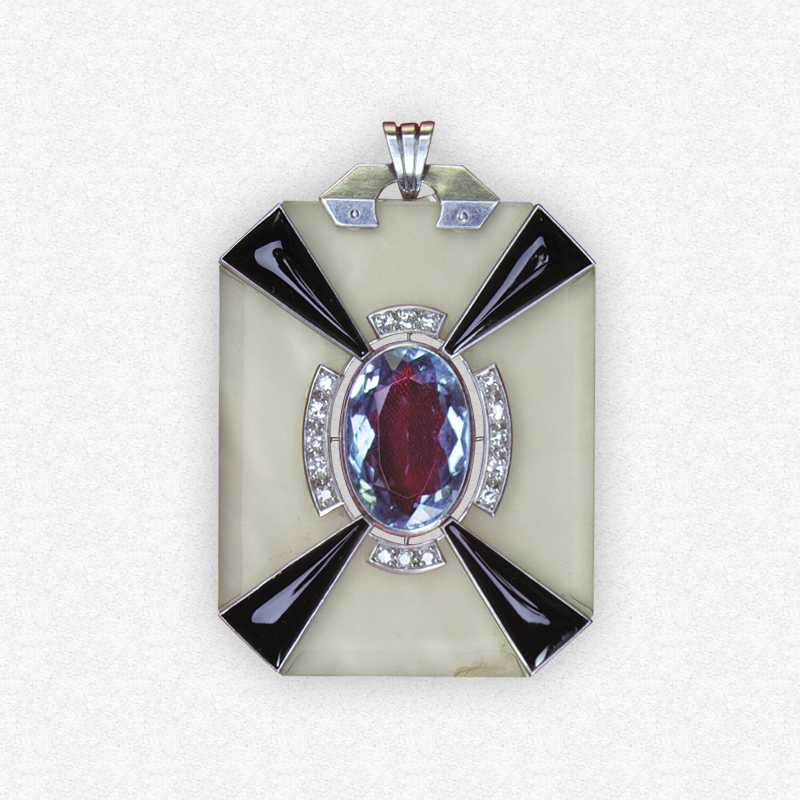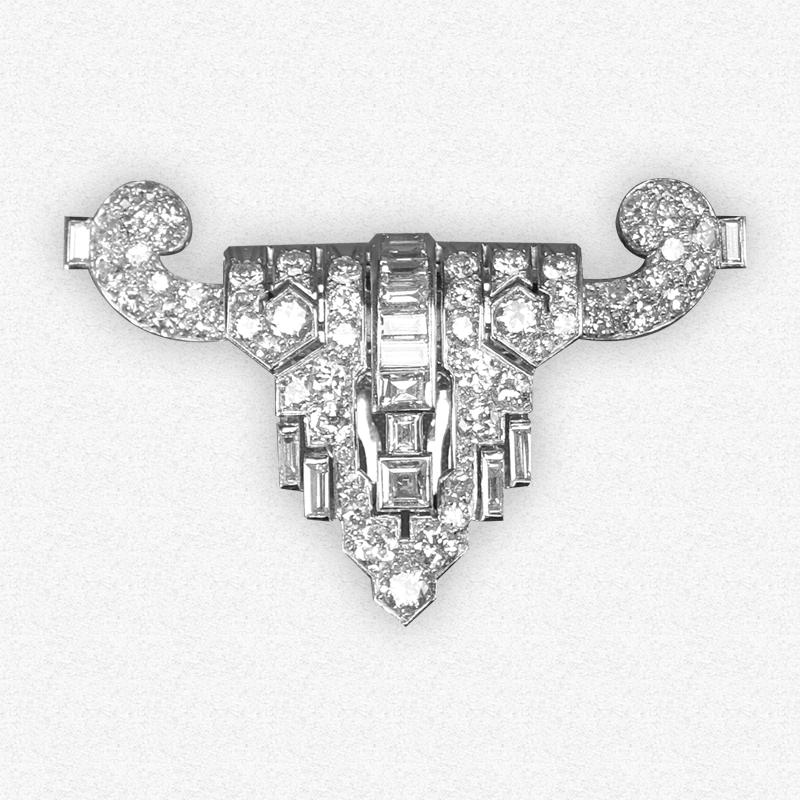About Landsberg & Son

Hatton Garden is famous the world over as the heart of the diamond trade, but few will know much of its history. The area takes its name from Sir Christopher Hatton who was born in 1540 and who was a favourite of Queen Elizabeth I. Elizabeth forced the Bishops of Ely to rent some of their land to Sir Christopher and the grounds of Ely Palace were duly granted to him. Part of the grounds included an orchard that would later become known as Hatton Garden.
Landsberg & Son, first occupied premises in Hatton Garden in the early 1920’s but the firm’s history dates back to its foundation in 1835 by Hirschfield Landsberg. Born in the year of Waterloo, 1815, the 20-year old Hirschfield Landsberg ventured to establish himself as a dealer in gold and silver plate as well as second hand jewels. He had a traditional lack of capital, but a superlative supply of pluck and ability. He travelled the country taking his stock with him and taking payment in gold, for few provincial jewellers had a bank account.
Hirschfield Landsberg prospered, but it was not roses all the way. In 1883 and in the days before commercial insurance was widely available, his entire stock was stolen and he literally had to start again.


The founder of the firm was also the founder of a large family. There were twelve children and his oldest son, Mr Louis Landsberg, became a partner in the firm in 1870. Hirschfield Landsberg continued to travel throughout the country, until he was well over seventy and died in 1889 at the age of seventy-four.
Like his father, Louis Landsberg was a well-known figure in the provincial trade. He was famous for his voluminous pockets and a large black bag in which he carried a good deal of stock.
Louis Landsberg had three sons, Messrs. Frank H., George G., and Harold D. Landsberg. George served the firm for a few years only. He left to join the London Rifle Brigade at the outbreak of the First World War and was killed at Ypres in 1915.
Mr Harold Landsberg also left for the War, serving with the Expeditionary Force in the Middle East and was fortunate to return. In 1933 he won the Jewellers’ Golf Championship (a feat which he modestly attributed to the fact that it was raining hard and the other competitors were wearing glasses.) In the same year, whilst driving his car in St James’s he was stopped by three muggers who took all the stock he had with him.
With the onset of the Second World War, and the threat of a German invasion, it was decided that Harold would continue to trade in Hatton Garden, whilst Frank and the rest of the family moved to the relative safety of Bude in Cornwall. Frank continued to look after the books and Harold would save his petrol coupons to make the long journey to Cornwall as often as possible. Frank retired from the business at the end of the War, remaining in Bude and turning his hand to farming.
In 1945 Harold’s elder son, Mr Michael Landsberg, joined the firm. Following established family tradition he was soon travelling the country and re-establishing links with customers that the War had interrupted. With his bowler hat and furled umbrella Michael also travelled to the US and Canada securing new customers. Many still deal with the firm to this day. In 1958 Mr Anthony Landsberg joined his father and brother. Throughout the 60s, 70s and 80s trade was brisk. Customers were plentiful and H. Landsberg & Son prospered. In 1985 Michael and Anthony were joined by their nephew Mr James Dallas and in 1990 Michael retired.
The changes in the trade of the last fifteen years are reflected in the changing face of Hatton Garden. Where once there were only dealers and wholesalers, retailers now dominate. As customers have become ever more discerning it is only dealers trading in the finest pieces that survive.


